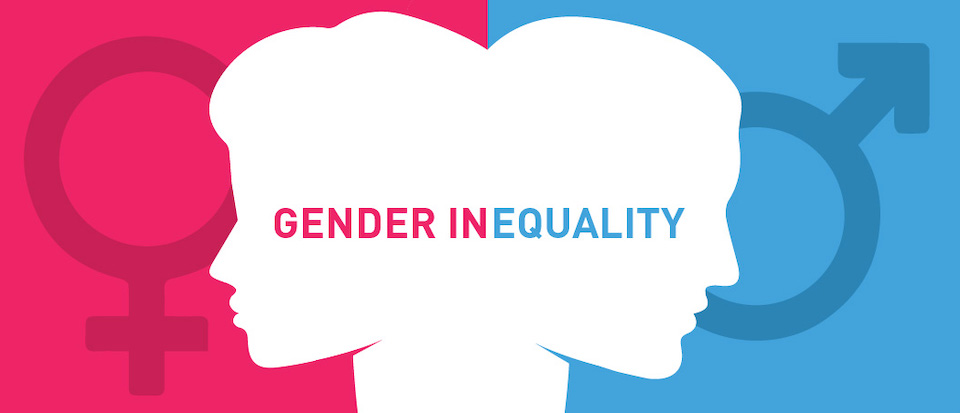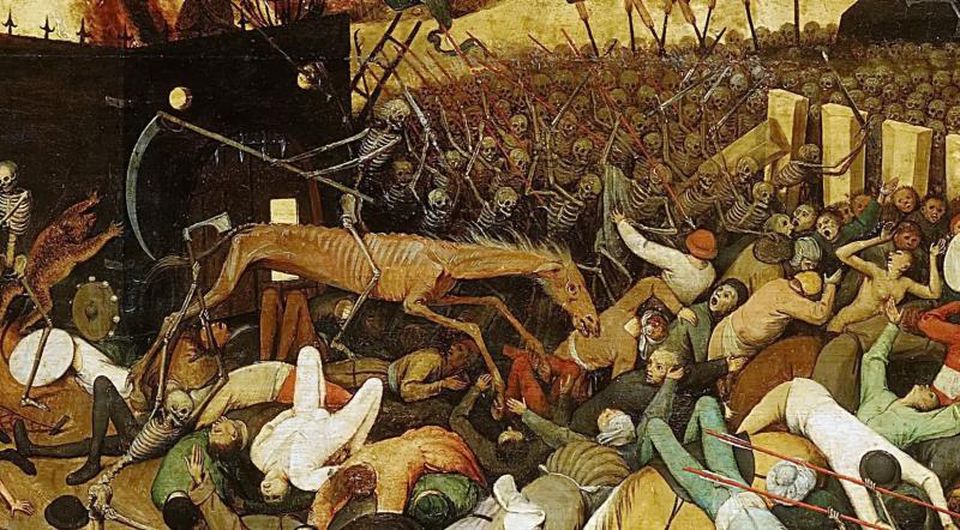You may think that being male or female is simply dependent on the gender of our bodies. But the nature of masculinity and femininity is not easily classified. In this article, I will try to explain the origins of the differences between men and women. Before we get into the details, let’s look at what gender is. Gender is anatomical and physiological differences that cause the body to be defined as male or female. The term gender, on the contrary, relates to social and cultural differences between males and females. Gender is linked to established concepts of masculinity and femininity and does not have to be a direct result of the individual’s biological sex. In this article, I will talk about two different approaches that explain gender differences and inequalities. We will first look at an argument that the differences in behavior between men and women have biological bases. Next, we will turn our attention to theories that assign a central role to the socialization of sex and the learning of sexual roles.


Gender and Biology
Some researchers argue that the reason for the innate behavioral differences between men and women is due to human biology, hormones and chromosomes, brain size, and hereditary characteristics.


They think that these differences manifest themselves in a certain way in every culture, so gender inequalities in most societies are a natural consequence. These researchers usually draw attention to the fact that in every culture, men hunt and participate in war instead of women. This indicates that men have a biologically based aggressive tendency lacking in women. Many researchers do not find this argument convincing enough. They point out that the aggression level of men varies according to different cultures. Women, on the other hand, take care of children for most of their lives.
Gender Socialization
One of the ways to understand the origins of gender differences is through studies of gender socialization, which is learning gender roles through mediators such as family and media. In other words, the baby brings the first one from birth and develops the second one later. Children internalize social norms and expectations that they see to be in harmony with their gender through contact with various socialization agents, both primary and secondary. Gender differences are not determined biologically, they are culturally generated. According to this view, the reason for gender inequalities is the socialization of men and women due to different roles. Children are guided in this process through positive and negative sanctions, forces exerted by the society that reward or restrict behavior. For example, a little boy can be admired for his behavior “Well done, you are such a brave man!”, or scolded “Boys don’t play with dolls!”. These positive and negative sanctions can help boys and girls learn the gender roles expected of them.




If the individual develops patterns of gender behavior that do not match his or her biological sex – that is, if these patterns are perverted – this is explained by inadequate or distorted socialization. Studies on parent-child interaction have revealed that even when parents believe their reactions to both children are the same, they actually treat boys and girls significantly differently. Children’s toys, picture books, and television programs for children all tend to highlight the differences between the qualities of men and women. Although the situation is changing now, in most children’s books, television shows, and movies, male protagonists generally stand out more than women. While male actors play more active, adventurous roles, women are portrayed as more passive, expectant, and busy with household chores. Feminist researchers have proven that cultural and media products targeting young people embody the traditional attitude towards gender and the passions and goals expected of boys and girls.
The Social Construction of Gender and Sex
Some sociologists argue that instead of seeing gender as biologically determined and gender as socially learned, we should admit that both are socially established products.


Not only is the gender created by society, which lacks a fixed “essence,” but the human biological body itself is under the influence of social forces that shape it and change it in various ways. We can make sense of our bodies in ways other than what is seen as “natural”. Individuals can build or reconstruct their own bodies as they wish, ranging from training and abstinence to piercing, personal fashion, plastic surgery, and even gender reassignment surgeries. Advancing technology blurs the physical boundaries of our bodies.
From some perspectives, authors who focus on gender roles and role learning implicitly assume that gender difference has biological underpinnings. According to the socialization approach, the biological distinction between the sexes offers a framework to be “culturally refined” in society. Against this approach, theorists who believe that both sex and gender are socially constituted, completely reject the argument that gender differences have biological bases. Sexual identities emerge according to the gender differences perceived in society and reshape these differences in their turn. For example, a society in which the designs about masculinity are perched by physical force and “stabbing” attitudes will encourage men to develop a certain body image and attitude. In other words, sexual identities and gender differences coexist in the human body in an inseparable way.
References
- Anthony Giddens: Sociology(2006) S.485-487
- Connell 1987; Scott ve Morgan 1993; Butler 1999












